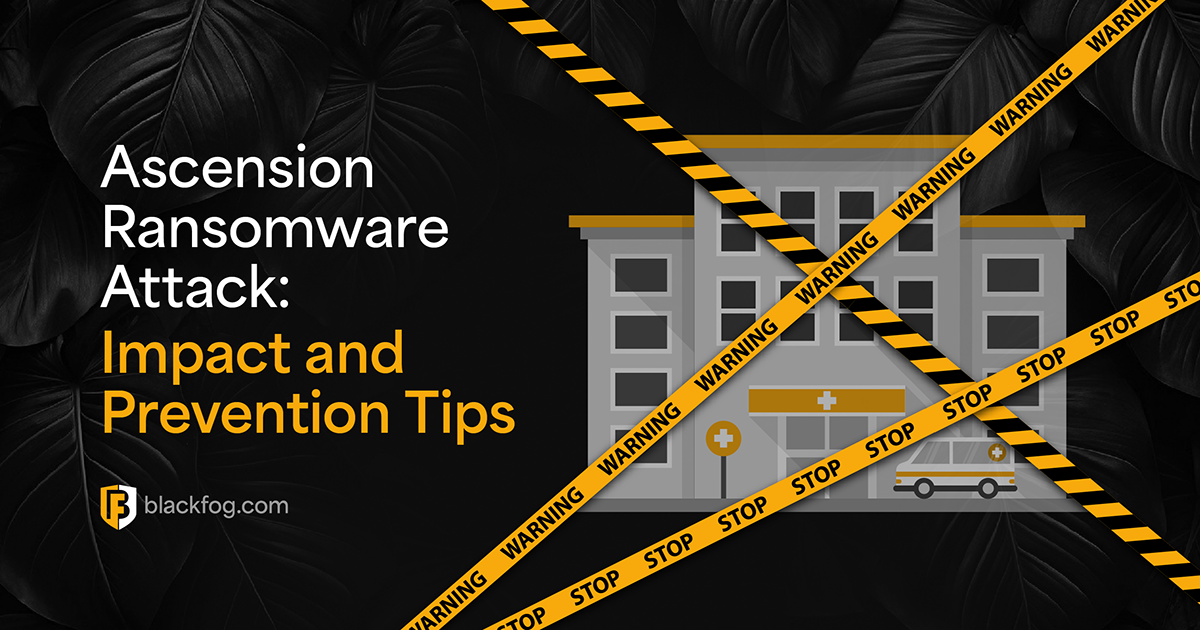
On the heels of the recent WannaCry attack, Europe has been hit with a new ransomware variant known as Petya. Ukraine reported ransom demands targeting the government and key infrastructure, and the Danish Maersk conglomerate said many of its systems were down.
This ransomware used a software update and social engineering to download the malicious file, either as a ZIP or PDF. It looks to exploit a vulnerability in Microsoft Office when handling RTF documents (CVE-2017-0199). It also looks to utilize the same vulnerability as WannaCry in the SMBv1 file sharing protocol (Microsoft security bulletin MS17-010) to spread laterally within an organization. Note there is NO KILL SWITCH implemented in this new ransomware, so it has clearly evolved since the WannaCry attack. However, researchers have discovered a way to vaccinate machines by creating readonly files on your machine as described below.
This ransomware is an evolution of the original Petya malware from 2015 which modifies the Master Boot Record (MBR). Unlike the original version this edition has been modified to exploit the new vulnerabilities in SMBv1 and encrypts all files rather than just the MBR in the original.
Seed vector
The attack looks like it was seeded through an accounting software (MeDoc) update mechanism required by companies working with the Ukrainian government. This also explains why it spread so widely in the Ukraine first. A second wave of infections were spread through email attachments as described earlier using classic phishing techniques.
Origin
According to many reports it is now looking like this ransomware was more like a cyberattack rather than a money making venture. The payment methodologies were so badly designed that each infected machine was directed to the same location. In addition, there was a single email account you can use to communicate with the attackers, which has already been shut down. It now seems more likely that this was designed for significant damage and specifically towards the Ukraine.
Some researchers are now claiming that this was a state sponsored attack against the Ukraine. There is still no hard evidence to suspect which country is involved. The NSA previously determined that WannaCry originated in North Korea.
How to protect yourself
If you have not done so, you should install the MS17-010 patch from Microsoft.
Researchers have also found a way to vaccinate your computer from the ransomware by creating a readonly directory and files on your machine. Use the following commands when running the command prompt as administrator:
attrib +R C:\Windows\perfc
attrib +R C:\Windows\perfc.dll
attrib +R C:\Windows\perfc.dat
Once these files have been created the encryption will no longer run.
More details of this attack will be updated as they are discovered.
Related Posts
Ascension Ransomware Attack: Impact and Prevention Tips
Learn how the Ascension ransomware attack disrupted healthcare services, the financial consequences, and the cybersecurity lessons it taught. Also receive advice on protecting patient data and preventing similar attacks in the future.
Essential Data Loss Prevention Best Practices Every Firm Should Know
Following these seven data loss prevention best practices can help any firm reduce the risk of falling victim to threats like ransomware.
BlackFog Report Reveals Record Number of Ransomware Attacks from January to March
BlackFog reports a record-breaking surge in ransomware attacks Q1 2025, with 278 disclosed cases and a 113% rise in undisclosed incidents.
AI for Network Security and Monitoring: Enhancing Cyber Defense
What opportunities do AI ransomware protection tools offer to cybersecurity pros?
Ghost Ransomware: The New Cyber Menace Targeting 70+ Countries
Ghost ransomware is targeting 70+ countries. Learn how it works, who’s behind it, and how to stay protected in today’s cyber threat landscape.
Log4Shell – Understanding the Vulnerability and Mitigation Steps
Learn about Log4Shell, its impact on industries, and effective mitigation strategies. Discover how proactive defenses, like BlackFog's ADX technology, can protect your systems from ransomware and data exfiltration.






